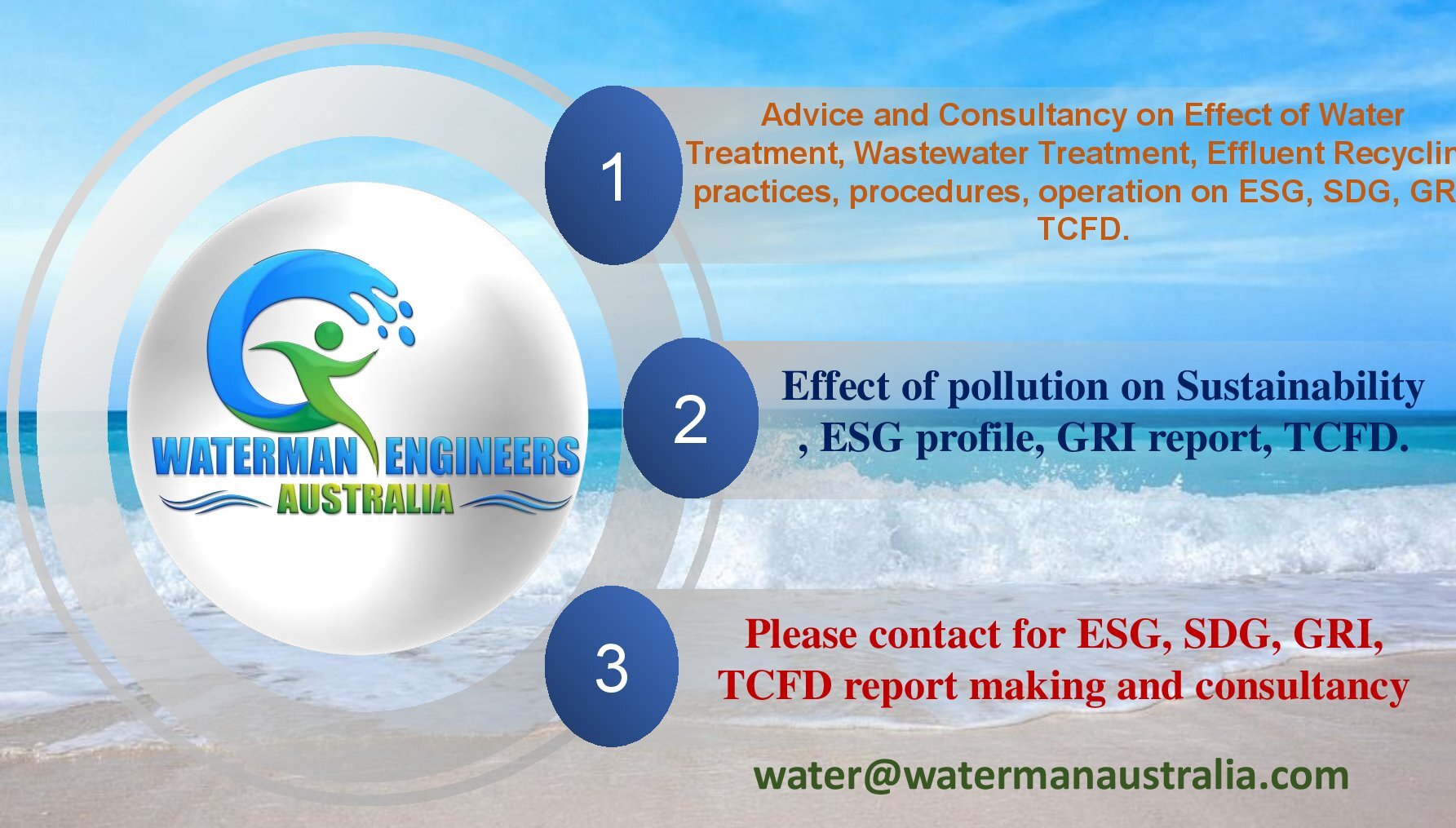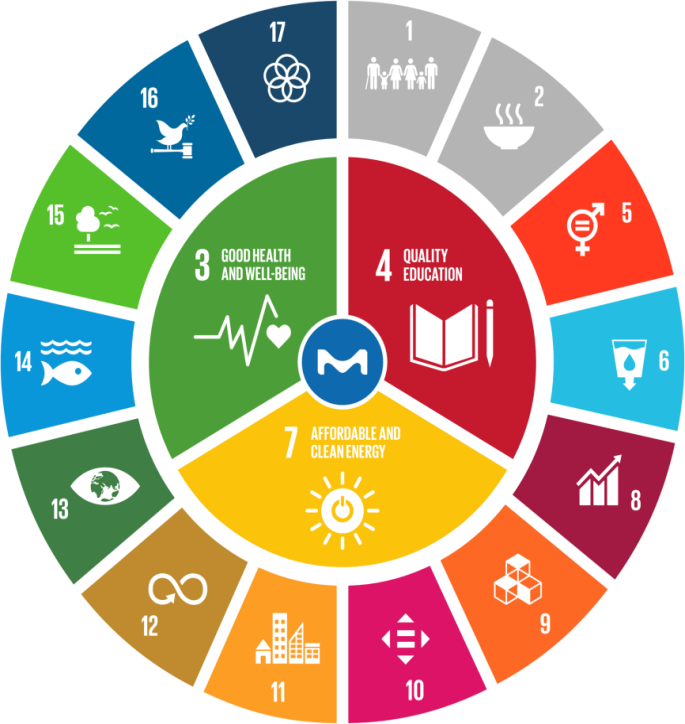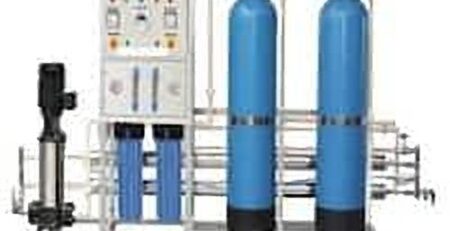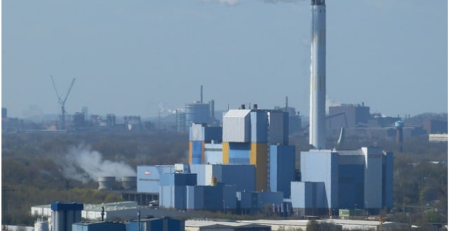Sustainable Development Goals, and effect of pollution
Sustainable Development Goals:
Definition:
“The Global Goals or SDGs (Sustainable Development Goals) (SDGs) are a group of 17 interconnected worldwide goals created to be a proposal to accomplish a well and more than the sustainable outlook for the whole”
Background of SDGs:
In 1972, authorities joined Sweden, Stockholm, for the UN (United Nations) meeting on the Individual Ecosystem to respect the privileges of the people to a nutritious and beneficial ecosystem. The UN produced the Globe Committee on Ecosystem and Expansion, which described sustainable growth as “conference the demands of the exhibit without flexible the capability of upcoming productions to gather their requirements” in 1983. The first UN Conference on Environment and Development or Earth Summit was organized in Rio de Janeiro, somewhere the initial plan for Ecosystem and Growth, also identified as Agenda 21 was established and implemented in 1992.
In 2011, Colombia suggested the concept of sustainable development goals at a training experience for Rio+20 carried in Indonesia. The resulting article suggested 17 SDGs and related objectives. At the Rio+20 Convention, a decision recognized as “The Opportunity We Need” was moved by fellow countries. Amongst the important topics decided on were hardship suppression, power, water and hygiene, wellbeing, and individual agreement.
The Rio+20 consequence text stated that will choose on its approaches of effort, counting emerging sensory systems to safeguard the occupied participation of applicable investors and knowhow from public civilization, Original Individuals, the technical public, and the UN scheme in its effort, to deliver a variety of viewpoints and involvement”.
The 30-representative United Nations General Assembly OWG on SDGs was founded to ascertain particular objectives for the Sustainable Development Goals, in 2013. The OWG was tasked as well as requesting the Sustainable Development Goals for understanding through the 68th meeting of the GA, (2013-2014). The Open Work Group posted a suggestion for the Sustainable Development Goals to the Construction, in 2014. The OWG presented its plan of 8 SDGs as well as 169 targets to the 68th meeting of the GA, in 2014.
The Position-2015 Progress Plan was a development from (2012 to 2015) managed by the UN to describe the upcoming global development structure that would accomplish in the MDGs (Millennium Development Goals). The Sustainable Development Goals (SDGs) were created to achieve in the MDGs which finished, in 2015. The differences and weaknesses of Millennium Development Goals to create a worldwide collaboration for progress headed to recognizing a challenging “contributor-beneficiary” connection. As a substitute, the original Sustainable Development Goals prefer joint action by all nations.
The UN-controlled method concerned its 193 representative Asserts and international political culture. The motion is a comprehensive international contract that shows the Forward-2015 Progress Plan. The SDGs make on the rules decided upon in Declaration, titled “The Opportunity We Need”.
Meaning of SDGs:
The Sustainable Development 2030 Agenda is a set of worldwide improvement goals from (2016 to 2030), which was agreed upon by the UN Environmental Education Conference organized in (September 2015) construction on the achievement of the MDGs (Millennium Development Goals).
Purpose of SDGs:
The SDGs (Sustainable Development Goals) is the plan to accomplish a well and more than a viable opportunity for all. They deal with the worldwide disputes we realize, as well as impoverishment, unfairness, environmental shift, ecological deprivation, silence, and fairness.
Importance of SDGs:
Sustainable Development Goals 17 requests for a worldwide collaboration for environmental improvement. The goal emphasizes the significance of international macroeconomic strength as well as the necessity to assemble economic funds for emerging populations from global supplies, as well as beyond improved national capabilities for income assortment.
Sustainability Principles:
There are many sustainability principles are given below:
- Rounded financial system. Spike plans to enhance supply productivity through improved waste management.
- Business public accountability.
- EPD (Environmental product declaration)
- Environmental information options.
- Energy investments.
- Continuous study and originality.
There are four elements to ecological progress culture, ecosystem, society, and market. Which are interwoven not distinct? Sustainability is a concept for believing in the potential in which conservation, social, and financial concerns are sensible in the quest for the increased value of natural life.
Sustainable Development Goals (SDGs):
There are many Sustainable Development Goals that are given below:
- Goal 1: No Poverty
“End hardship in everything its structures all over”.
- Goal 2: Zero Hunger
“End food shortage reaches food safety and increases nourishment and encourages sustainable cultivation”.
- Goal 3: Good health and Well Being
“Safeguard beneficial beings and encourage well be there for all at all times”.
- Goal 4: Quality Education
“Get sure thorough and sensible value teaching and promote life learning possibilities for all”.
- Goal 5: Gender Equality
“Complete gender uniformity and encourage all females and teenagers”.
- Goal 6: Clean Water and Sanitation
“Ensure accessibility and ecological supervision of water and sanitation intended for all”.
- Goal 7: Affordable and Clean Energy
“Ensure approach to affordable, dependable, viable, and contemporary power for everything”.
- Goal 8: Economic Growth and Decent Work
“Encourage continued, comprehensive, and viable financial development, complete and valuable work, and reasonable effort for all”.
- Goal 9: Industry, Innovation, and Infrastructure
“Develop flexible transportation, encourage comprehensive and environmental mechanization, and encourage improvement”.
- Goal 10: Reduced Inequalities
“Reduce revenue inequity inside and amongst nations”.
- Goal 11: Sustainable Cities and Communities
“Get to cities and different areas thorough, reliable, adaptable, and environmental”.
- Goal 12: Responsible Consumption and Production
“Ensure organic utilization and manufacture designs”.
- Goals 13: Climate Change
“Take serious military action to fight climate change as well as its effects by controlling discharges and encouraging growth in renewable power”.
- Goal 14: Life Below Water
“Conserve as well as sustainably exploit the foothills, seas, and maritime resources for environmental progress”.
- Goal 15: Life on Land
“Safeguard, rebuild, and encourage sustainable purpose of global systems, sustainably handle plants, reduce desertification, as well as stop and change ground ruin and stop biodiversity damage”.
- Goal 16: Strong Institutions, Peace, and Justice
“Promote peaceable and comprehensive organizations for sustainable growth, offer open to fairness for all and create efficient, responsible, and comprehensive organizations at all concentrations”.
- Goal 17: Partnerships for the Goals
“Improve the process of operation and regenerate the international collaboration for sustainable growth”.
Effect of Pollution on SDG:
Introduction:
Pollution is the quarter biggest total risk cause for individual health international, when high blood tension, nutritional consequences, as well as smoking. Latest assessments point to 6.5 million untimely casualties to air contamination in the textile industry. In addition to social wellbeing, air contamination creates dangers to the ecosystem, financial system, and food safety. The air contamination disaster cannot be tackled in separation: it is strongly related to plans for power, environment, transportation, business, food production, biodiversity, and additional problems. Well-constructed air condition approaches have general co-payments for more strategic objectives. Enhancing air value through superior productivity and improved implementation of renewable turns simultaneously along with the wider power sector conversion as well as decarburization obligations implemented inside the Paris contract. Diminishing contaminant discharges enhances river and soil value, harvest crops, and in change, nutrition protection. Challenging domestic air contamination, through the establishment of innovative power for baking and illumination, improves education endeavours to do business with hardship, learning, and gender fairness mining industry.
The advantage of sulphur dioxide along with nitrogen oxides released to the environment are power-linked, as are about 85% of discharges of PM (particulate matter). Inside the power segment, power production and manufacturing are the primary resources of sulphur dioxide. Oil goods utilized in automobiles and energy production are the most important emitters of oxide of nitrogen. Depletion of biomass, fuel, and char in the area of the structure, alongside manufacturing ignition and procedure releases, is accountable for the mass of PM achieving the environment. This trio of major contaminants is accountable for the extremely prevalent effects of air contamination, both immediately or once converted into more toxins through biochemical responses and transfer into the environment. Outstanding PM (particulate matter) is very harmful to human wellbeing, as well as oxides of sulphur and nitrogen is linked with a variety of diseases and ecological impairments pharmaceutical industry.
Effects of Pollution and SDGs:
Contamination of the soil, air, water, and work is an essential danger to human being growth. The United Nation’s sustainable development goals have a clear emphasis on lowering ecological contamination. Exclusively, Sustainable Development Goal 3.9 takes to “significantly decrease the number of fatalities and infections from dangerous substances and soil, air, water contamination and pollution” through 2030. Numerous the additional objectives are also connected to contamination, counting (SDG 2.4) on refining soil excellence, (SDG 7) on clean energy, (SDG 9.4) on sparkling knowledge and manufacturing procedures, (SDG 11) on maintainable municipalities and groups, (SDG 12) on accountable ingesting and manufacture, and (SDG14 in addition 15) on the preservation of water and land in textile, mining, and pharmaceutical industry.
Goal 1: Lowering air contamination can assist children to develop better, save on therapeutic expenditures, and enhance efficiency.
Goal 2: Air contamination can affect crop destruction and influence food value and protection
Goal 3: Air contamination puts the main danger to human wellbeing. It is related to respiratory illnesses and cardiac illnesses. It affects rises in people’s diseases and death.
Goal 6: Contaminants like oxide of sulphur and nitrogen sulphur from public sires as well as the burning of fossil energies blend with rainfall affecting dangerous acid heavy rain that can negotiate water value.
Goal 7: Energy from renewable power instead than fossil energies presents substantial community health gains due to a decrease in air contamination.
Goal 8: Air contamination influences health, harvest and plant crops, environments, the atmosphere, and the developed world, with concerns for efficiency and financial development. Ambient in addition to internal air contamination also has adverse impacts on the functioning ecosystem and its protection.
Goal 9: Energy production, manufacturing, and transport are large donations to air contamination. A recent emphasis on reducing energy expenditure and on developing environmental and community transport could gradually lessen toxic waste.
Goal 11: Metropolitan zones substantially add to air contamination. Creating towns viable could gradually enhance the air value.
Goal 12: Substances announced into the air boost air contamination and impact toxic impacts on human wellbeing. Accountable man manufacturing utilization might help to lessen this toxic substance.
Goal 13: Burning of fossil fuels performs a vital position in the development of environmental shift, which spots nutrition, air, and sea resources in danger, and creates the main danger to human wellbeing.
Goal 14: Accumulation of air contaminants on the watercourse adversely impact its value and life cycle submerged. It can start to eutrophication of pond areas, and the growth of poisonous alloys and POPs (Persistent Organic Pollutants) in fresh and oceanic waters.
Goals 15: Emission from the combustion of fossil fuels mixed with precipitation causes acid rains that pose a major threat to forests and the ecosystem.
Attaining sustainable international growth will need strong legal action to decrease coverage of environmental contamination. Constant improvement is human being done to lessen conventional chemicals related to hardship, such as domestic air contamination and dangerous water supplies. For instance, the usage of increased cook stoves, as well as contemporary oils, has decreased domestic air contamination, and opening to enhanced hygiene services has decreased coverage of water sustained. However, there is even far work out to be made on this head, as around 4 mountain families even break each year as of conventional pollutants.
Technical improvements are necessary to get economical combined devices for the highly important contaminants, as well as a program for data point set, authentication, evaluation, and distribution textile industry.
Sustainability issues:
Pollution avoidance still is a crucial question to sustainability. Contamination is caused by the trash. The greatest sense to doing business with contamination is to stop it after human beings made it in the earliest location in the textile, mining, and pharmaceutical industry. This involves discovering more competencies, making matters wiser, and evaluating every supply.
Water Pollution affects Sustainability:
This absence of oxygen well-known as eutrophication smothers flowers and birds and can make ‘dead regions’ somewhere water is poor for life. In some instances, this blooming of toxic algae can as well generate neurotoxins that impact the environment, just like elephants to ocean turtles in the textile industry.
Pollution effects on the Economy:
The EKC deviation suggests that smog improves with financial development in the initial phases of growth. Further than a specific level of growth, though, the fashion changes and financial development enhances environmental circumstances by making the funds to do so.
Individuals do not deliberately pursue to affect pollution although discarding waste manufactured goods in the adjacent atmosphere is frequently the best accessible, and cheap, form of dumping. Thus, contamination is an instance of unintended, or back-purchase, ecological effects of human growth. During the human past, humans have altered their environmental nature in several states to improve their highly-existence. In adding to the preferred and advantageous first-require environmental modifications, these alterations gradually affect damaging back-order ecological changes that harm individual growth attempts in the textile, pharmaceutical, and mining industry.
| Human Actions | First-order Environmental Changes | Second-order Environmental Consequences | Human Development Impacts |
| Land conversion
Industry Food production Household/domestic
|
Nitrogen-cycle change
Species distribution Land changes Water-cycle changes Carbon cycle changes |
Soil erosion
Deforestation Climate change Groundwater depletion Resource depletion |
Conflict
Health Food security Human displacement |
Table 1: Consequences and Challenges
High concentrations of air contamination can trigger an improved probability of heart attack, coughing, hacking, inhaling difficulties, and inflammation of the eyes, throat, and nose. Air contamination can also affect the deterioration of current heart difficulties, asthma, and more lung problems in textile, mining, and pharmaceutical industry.
Please contact us for ESG, SDG, GRI, TCFD consulting or report making on
Email
Frequently Asked Questions
1) Which SDGs goals are related to environment?
Protect, repair, and encourage the sustainable use of terrestrial ecosystems. Manage forests sustainably. Fight desertification. Halt and reverse land deterioration.
2) What are the sustainable development goals SDGs?
The sustainable development goals (SDGs) to transform our world:
- No Poverty.
- Zero Hunger.
- Good Health and Well-being.
- Quality Education.
- Gender Equality.
- Clean Water and Sanitation.
- Affordable and Clean Energy.
- Decent Work and Economic Growth.
3) Why is pollution a big problem to the economy?
In addition to hindering economic development and considerably accelerating climate change, pollution also exacerbates poverty and inequality in both urban and rural areas. The most pain is always experienced by the poor, who cannot afford to protect themselves against pollution’s harmful effects.
4) How are economic growth and pollution related?
The increased use of non-renewable resources, higher pollution levels, global warming, and the potential loss of environmental ecosystems are some of the environmental effects of economic expansion. But not all types of economic development harm the environment.
5) How does reducing pollution help the economy?
Employers in engineering, manufacturing, construction, materials, operation, and maintenance benefit from corporate spending to reduce pollution.
6) What are the main impacts of pollution and what is the effect of pollution on SDG?
Experiencing high levels of water and air pollution is able to affect a selection of unfavorable health consequences. It raises the possibility of respiratory diseases, heart infections, as well as lung disease. Equally short and long-term experience with air contaminants has been linked with health effects. Additional serious effects involve people who are previously ill.
Pollution effects on SDG. Ultimately, the deprivation of the environment is managing to damage the organic habitation that offers essential subsistence requirements for human beings as improving water contamination is important to the loss of sea production and varieties, desertification is causation low tree food manufacture and soil corrosion is depressing.
7) What Sustainability issues arise in Industries (Textile, Mining, and Pharmaceutical)?
For development, the difficulty of sustainability is important since it requires that sources, as well as exhaustible environmental and eco-friendly sources, be provided. The latest findings indicate that because of misuse, ground water is depleted. Its ground water resources are over done by 1/3 of the inhabitants. The most horrible industries for the natural environment and contamination involve Power, Farming, Style, Transportation, Food Marketing, Building, Expertise, and Forestry. The current account for much of the worldwide contamination we see now adversely affects the environments they are subjected to.
8) What is water pollution affects sustainability in the textile, mining, and pharmaceutical industries?
Water pollution affects sustainability in the textile, mining, and pharmaceutical industry. Water pollution diminishes marine environments and causes the uncontrolled production of phytoplankton in river eutrophication and Adulteration of the food sequence. Pollution deterrence though is an important matter of sustainability. Pollution consequences from waste. The greatest method to contract pollution is to stop it from existence shaped in the primary residence.
9) How does pollution affect the economy in the textile, mining, and pharmaceutical industries?
Air pollution is able to affect industrial enterprises because of decreased labor force efficiency, work deficiencies, untimely fatalities, and decrease crop harvests. The slower we take to wash our air, the bigger the economic expenses will be. Water pollution charges the economy deeply in four regions: water management, the vacation industry, industrial fishing, as well as actual property. Water pollution is contemporary farming methods, industrial-garbage flows, and unrestrained over flow.












